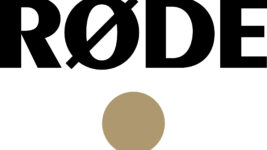News
28 Feb 2022
Moulin Rouge – More Is More
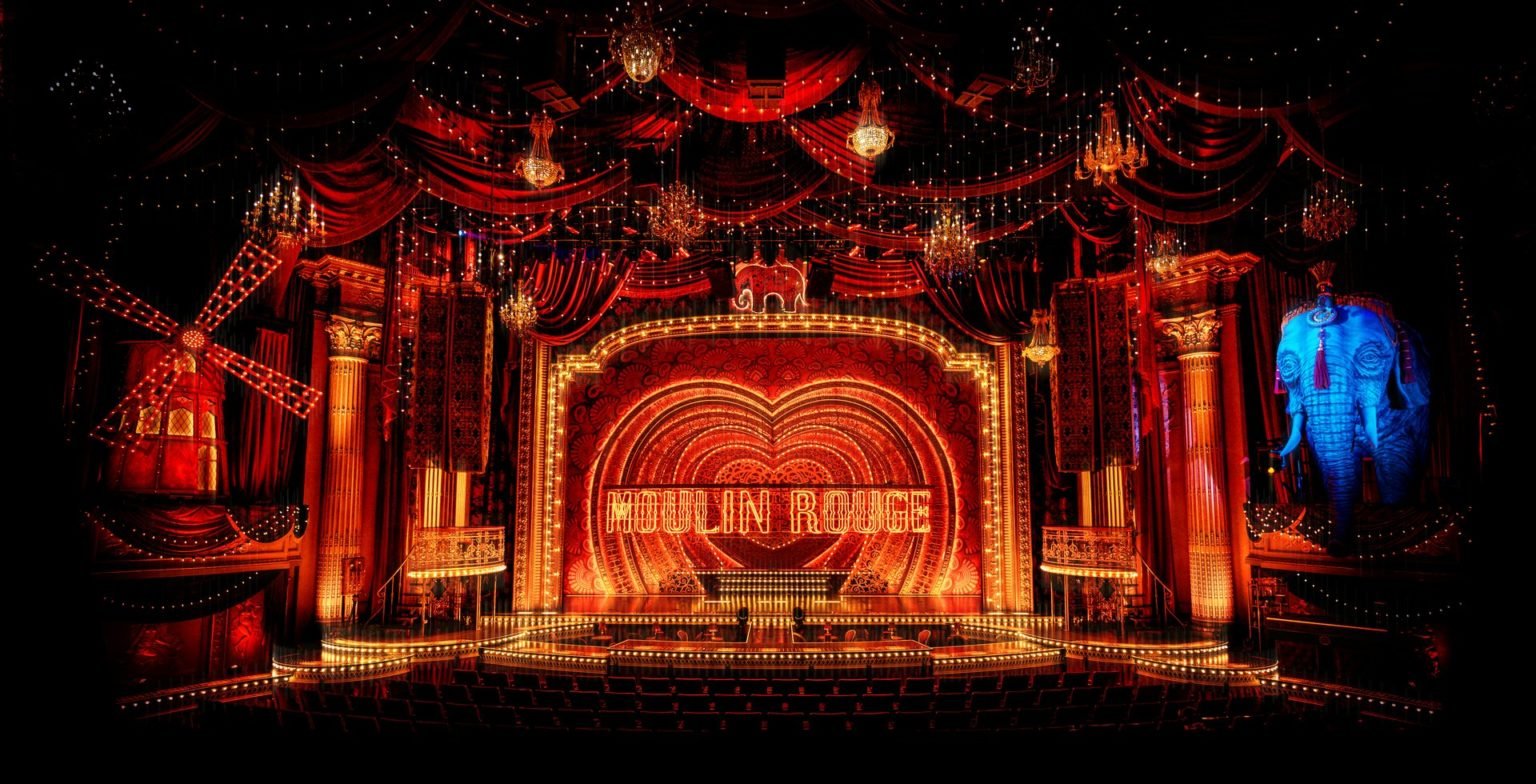
Subscribe to CX E-News
All photos by Michelle Grace Hunder
The phenomenon that is Moulin Rouge! The Musical, winner of an astonishing 10 Tony awards on Broadway in 2021, utterly overwhelms Melbourne’s Regent Theatre in the best possible way. The Gothic, Louis XVI, and Baroque interior of The Regent is the perfect fit for a show that takes over the entire auditorium. Let’s talk about the literal elephant in the room, in the prompt side Juliet balcony.
While staying reasonably true to the 2001 Baz Luhrmann movie, the creative team have updated the music to include hits from the intervening years, so the jukebox musical now hums along with cuts from Beyonce, Sia, Outkast and more.
There’s a 15 minute pre-show, during which the audience feverishly Instagram the incredible environment they’ve walked into. Dancers slink onto the stage, pouting while wearing mainly fishnets and not much else, both boys and girls. There are actual cages in the auditorium that are danced in. It’s kind of like Rocky Horror but with an unlimited budget. And then the iconic opening number Lady Marmalade kicks off like a rocket. All of the lights, all of the sound, and most of the cast. You are pinned to the back wall, where you will happily find yourself repeatedly through the evening.
Being a tale of debauchery and excess, the scenic, lighting, and sound design have all taken their cues from the subject matter. Every department has been given the brief to go OTT. For example, there are well over 220 loudspeakers in the production, from the main Meyer Sound FOH line arrays down to tiny K-Array Lyzard ultra-miniature speakers concealed in table lamps in the VIP audience seating in the passerelle. The result is the finest sound I have ever heard in a theatre outside of a Cirque Du Soleil show in Las Vegas.
All of this razzle-dazzle is contrasted with intimate moments, as are the huge looks by some surprisingly old school lighting. Making the transition from screen to stage, The Police’s Roxanne is one such moment. It’s like A Chorus Line; bare stage, ground row, and some excellent beam work. There’s at least one of everything in the lighting department, including miles of festoon, starcloth, and a veritable fleet of Mac Vipers and GLP Impression X4s.
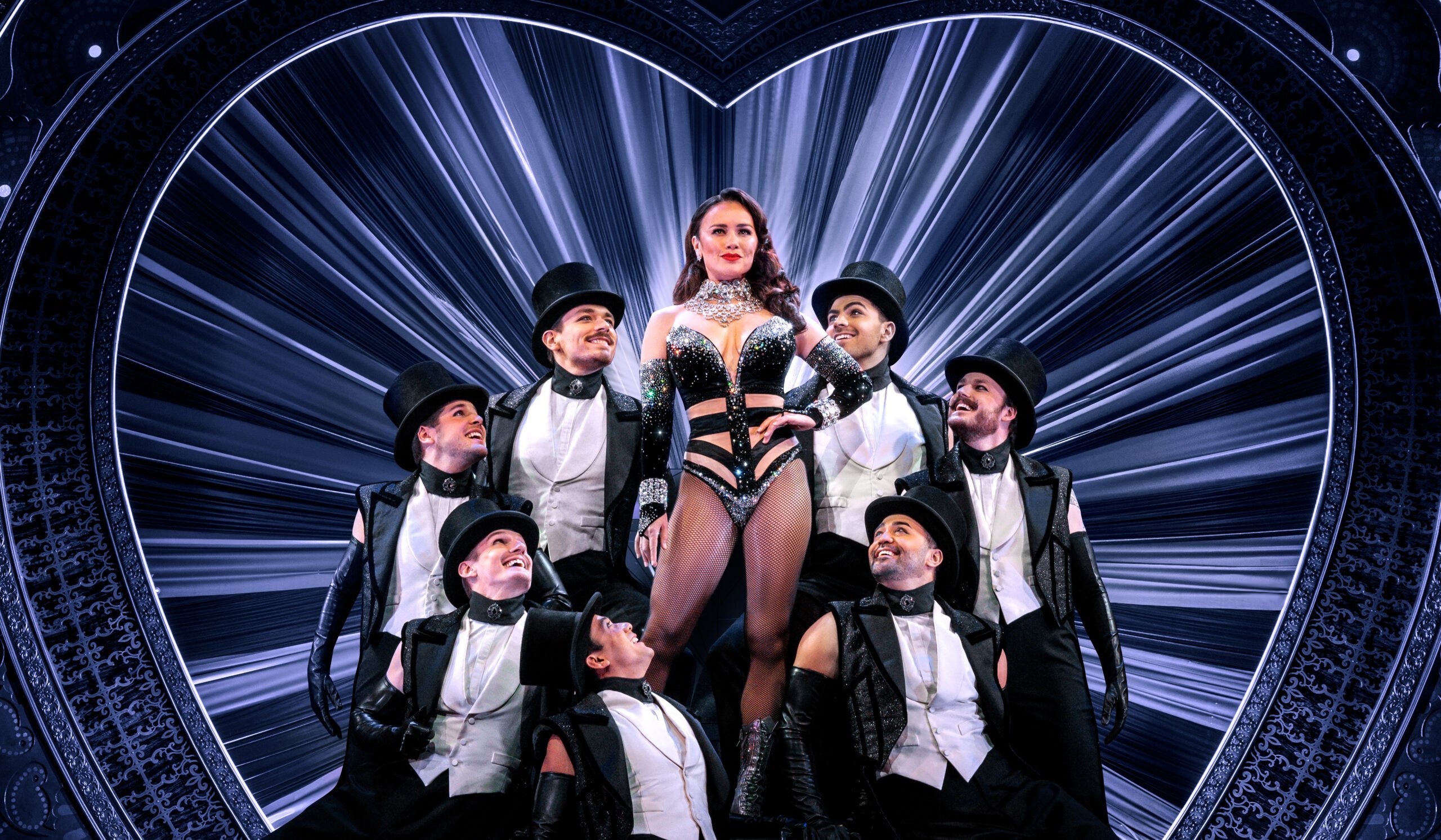
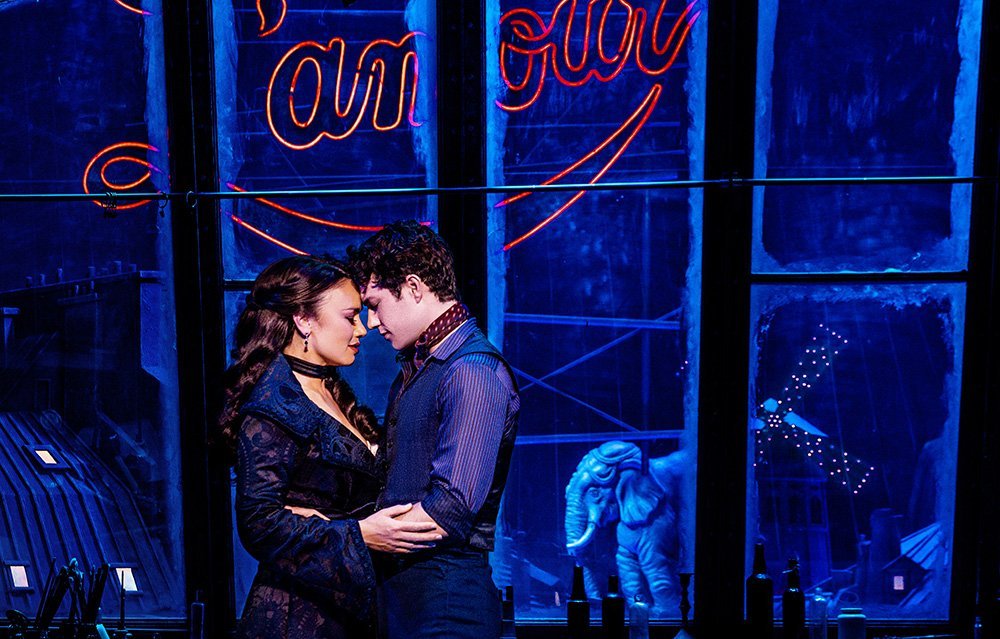
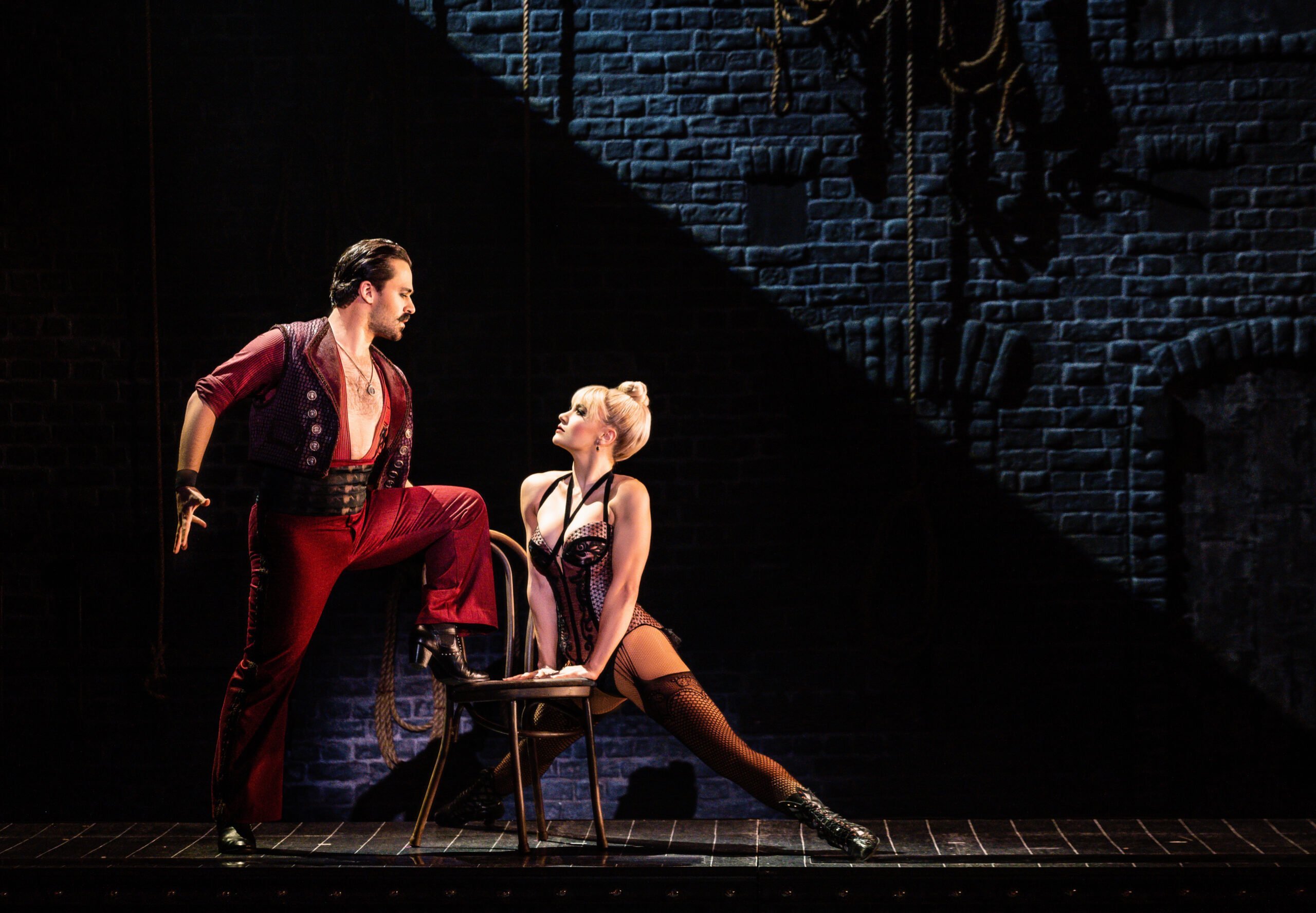
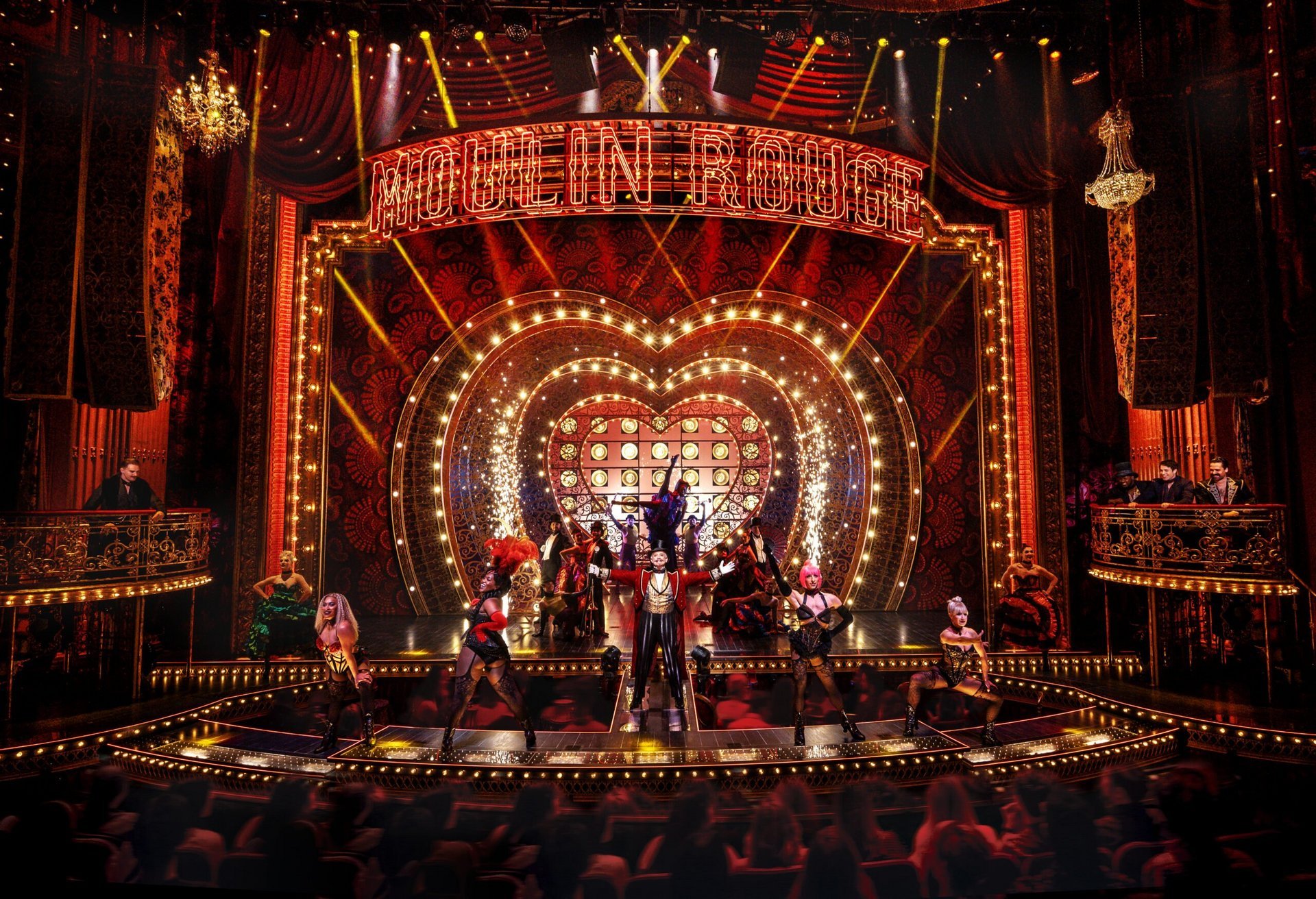
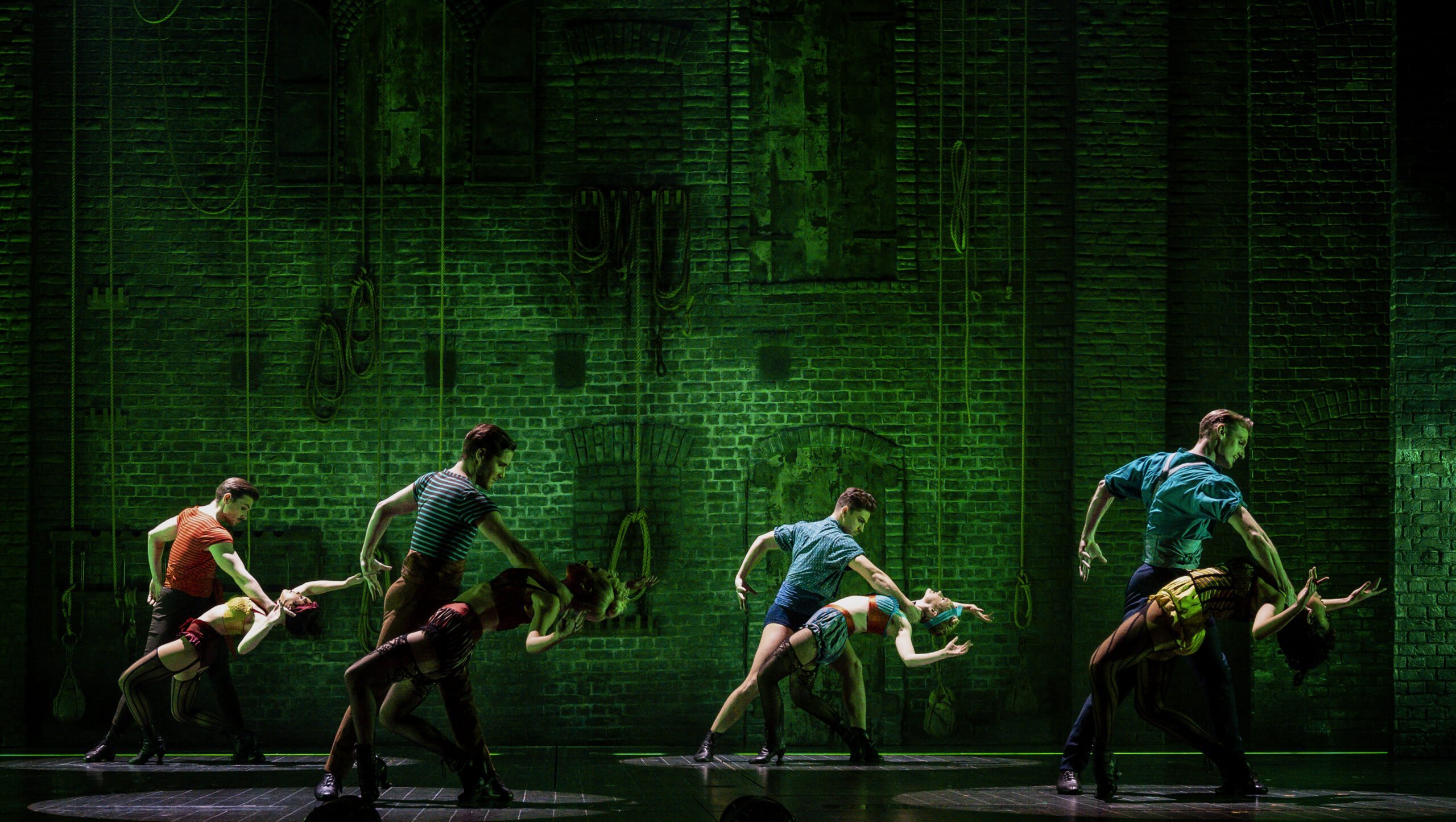
Australian Lighting Design Associate Gavan Swift
New York based Associate Lighting Designer Nick Solyom realised Justin Townsend’s lighting design assisted by local associate lighting designer, Gavan Swift. Programming was by Brad Gray, assisted by local programmer Robert Cuddon. “Justin couldn’t make it to Melbourne, so we set up a permanent camera feed to him and the original director,” relates Gavan. “We had three loops of comms, which Justin patched into directly, and it was almost like having him at the production desk. Through excellent production management, we started working in July and kept working all through Melbourne’s lockdowns. We didn’t get to do previews or have an audience, but we did manage dress rehearsals, promo shooting for TVCs, full production photos, and all of the moving light documentation before we shut down in September. We started up again after lockdown lifted in November.”
With the theatre almost splitting at the seams with all of the extra rigging and gear, one of the biggest technical challenges was the sheer scale of it all. “It was all of the everything,” chuckles Gavan. “Full credit must go to production electrician Dale Mounsey. He was the one who figured out how to get it all in and make it run through the console. It’s tight backstage and we go all the way to the back wall and out to the front of the dress circle. There’s a lot of gear over the audience, particularly over the passerelle, which is where the orchestra pit normally is. There’s moving scenery, festoon everywhere, a windmill, the elephant, and table lamps with LED lights. The sheer amount of electrics built-in means no piece of the show is untouched by the LX department.”
With so many moving parts, teching the show for its Melbourne home was a long but rewarding task. “The Regent is physically larger than the theatres in London and New York where the show has run previously,” explains Gavan. “It needed to be adapted and adjusted, and there was a significant amount of programming involved to update it. For example, all of the bulbs festooned around the proscenium, passerelle, Juliet balconies, boxes, and stage are LED and individually controlled. In New York, all of that was a four-channel chase. So that had to be programmed from scratch.”
Unsurprisingly, that kind of rig means lots of data. “It’s really up there in terms of size,” agrees Gavan. “It takes up around 59 Universes of DMX; it’s massive! But it all fits in the ETC EOS Ti, and it all works!”
The incredibly tight technical production is most often achieved by syncing to SMPTE timecode coming from the musical director’s computer, which is running Ableton. “Sometimes the band triggers us, sometimes it’s the sound desk, and sometimes we trigger them,” Gavan elaborates. “Traditional cueing for some of the bigger numbers would be impossible to call. Timecode is the most accurate and repeatable way to get the spectacle right.”
“The unofficial motto of the lighting design in Moulin Rouge is ‘More Is More’, and it takes a skilled team to put that together and make it look seamless,” articulates Gavan. “We had the cream of the crop working on the show, and everyone on the LX team is at the top of my list to work with. That’s where success came from; everything was done the right way. And it was the same in every department. All in all, a collegiate effort.”
“If anything, the pandemic has brought us closer,” concludes Gavan. “We got to keep working, and all credit to the producers for keeping us going. There was not a terse word spoken by anyone through the entire production period because we were all so grateful not only to be working, but on a show that is unlike anything else. Every single performance now feels like a victory.”
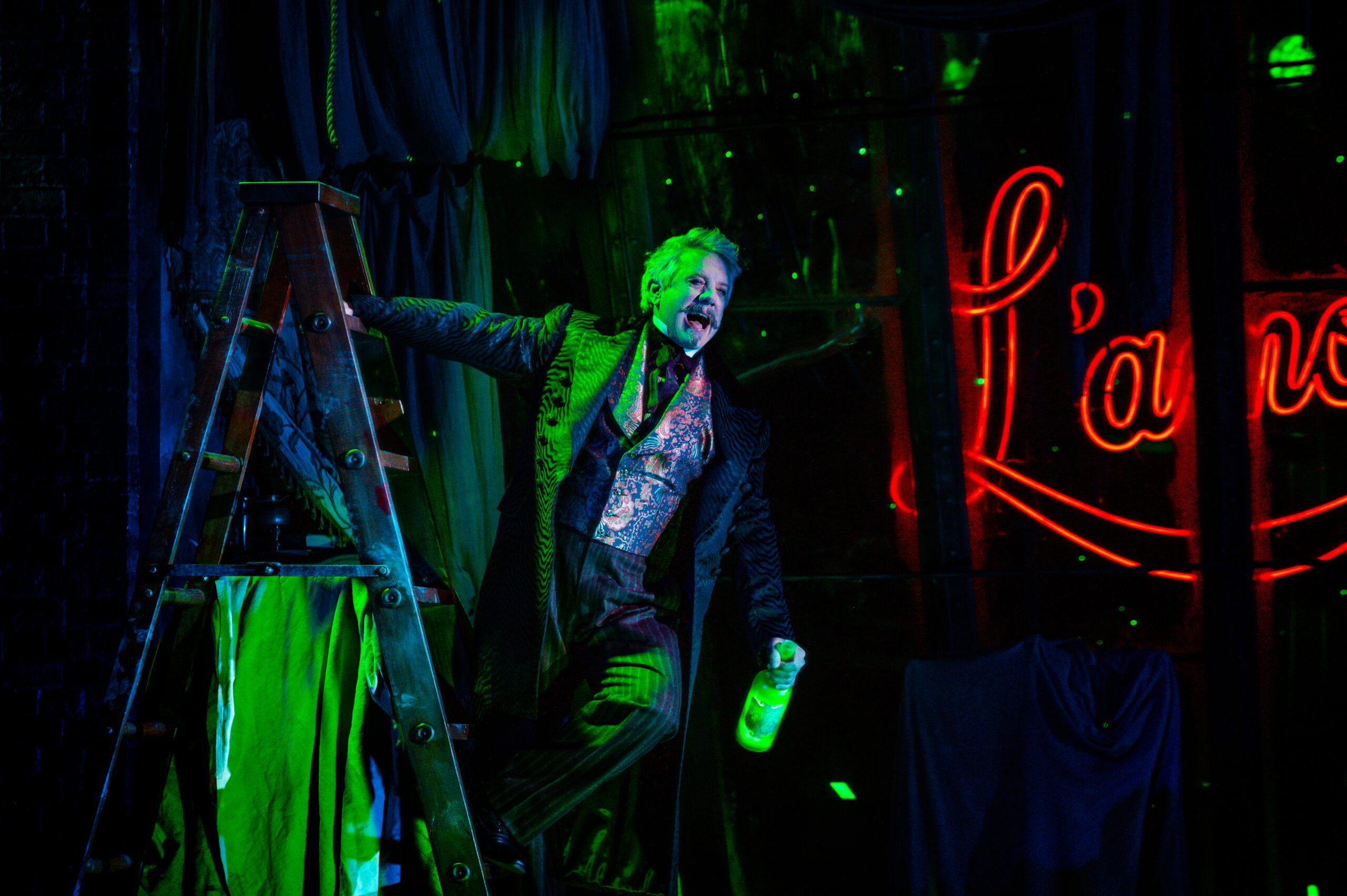
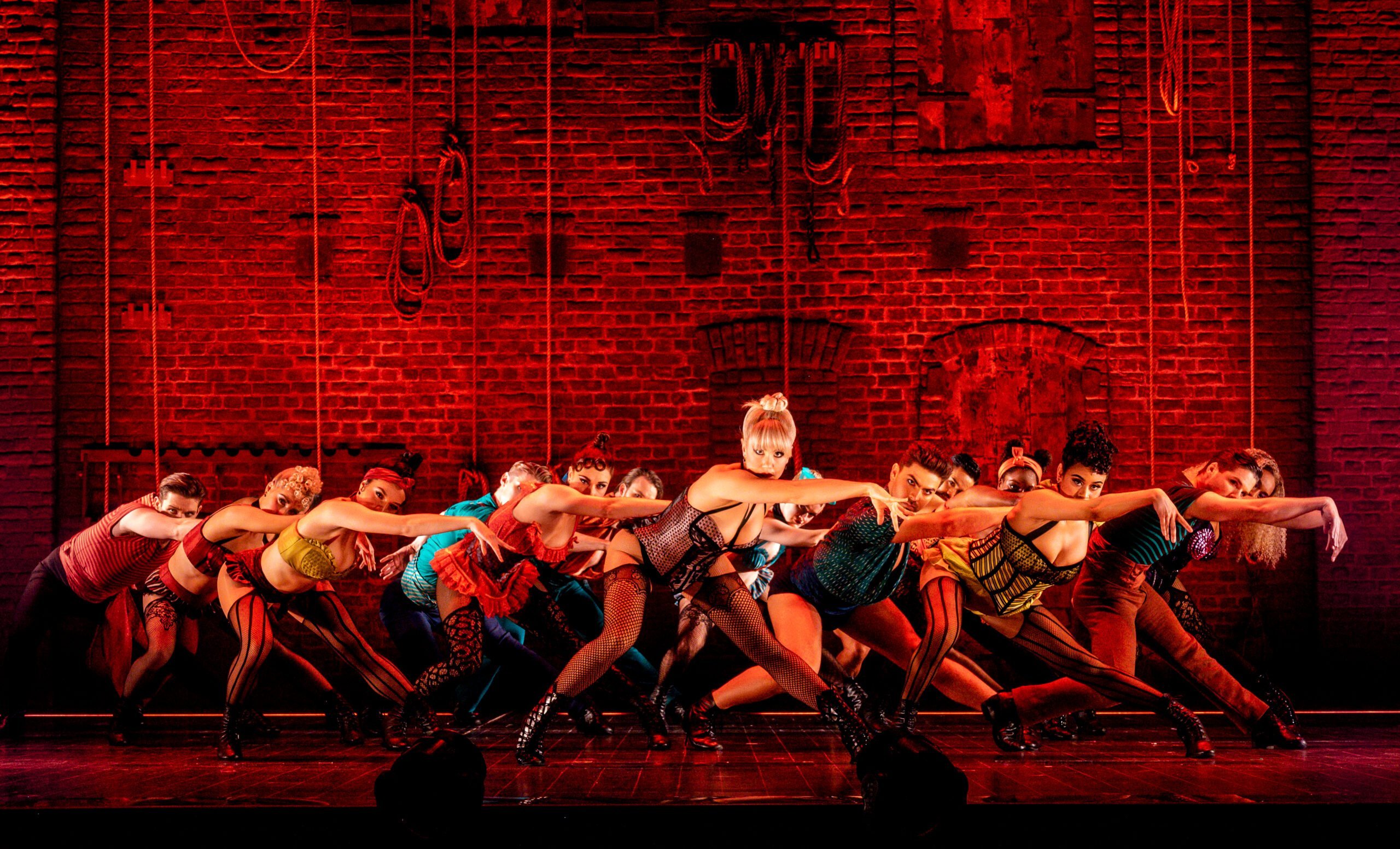
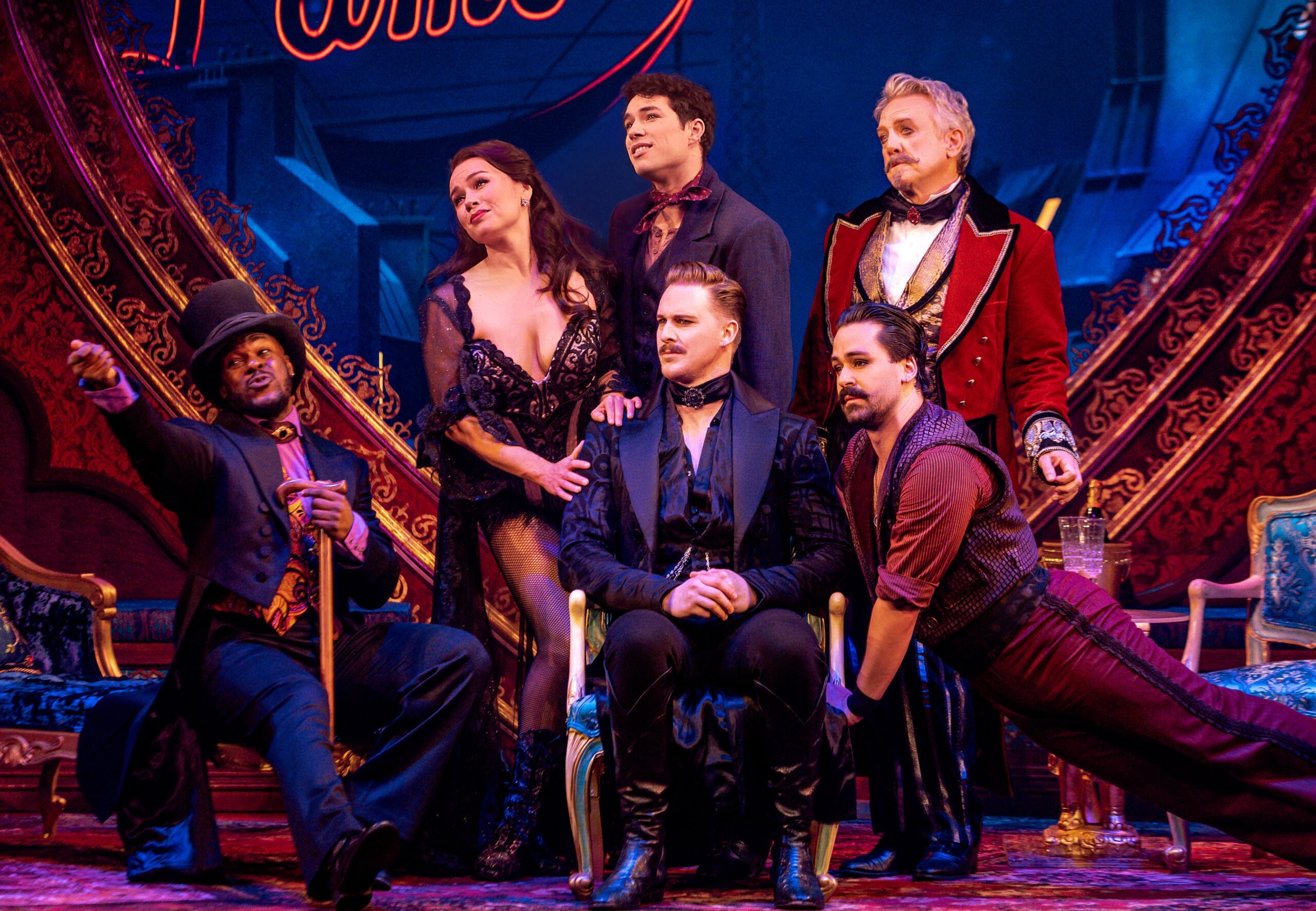
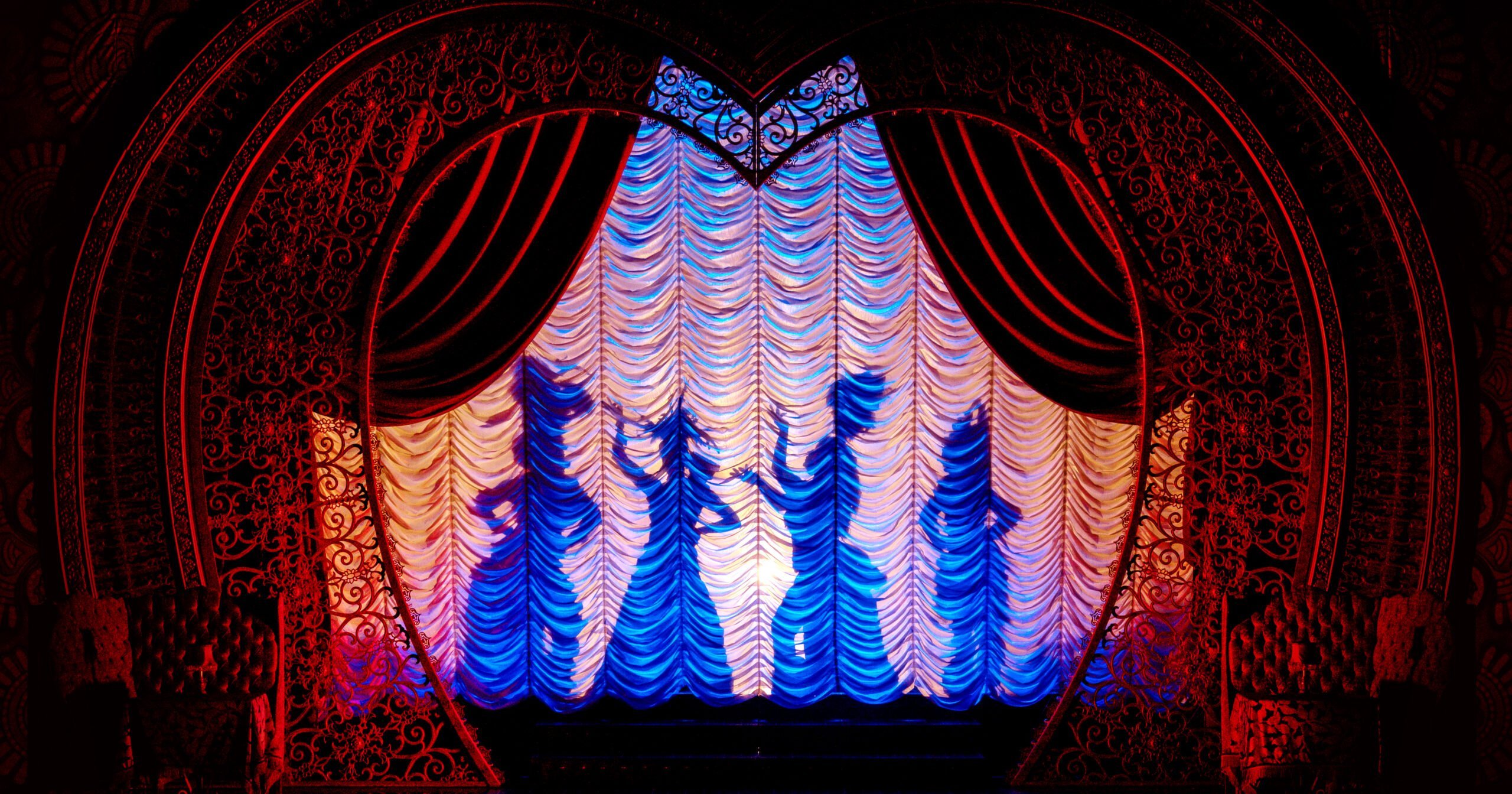
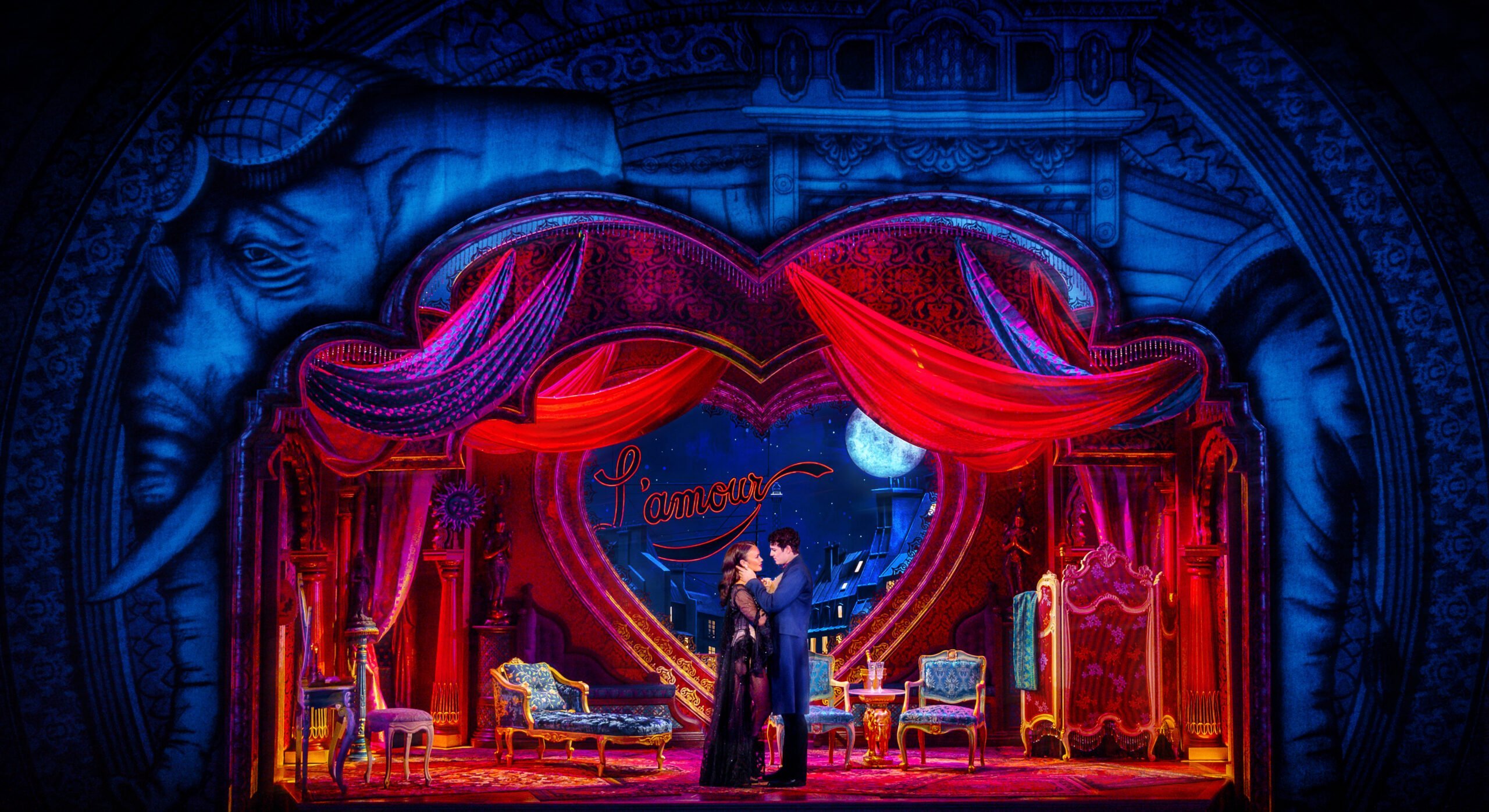
The Lighting Rig
6 x High End Solaframe 3000
66 x Mac Viper performance
12 x Mac Viper Wash DX
12 x GLP Impression X4 L
40 x GLP Impression X4 XL
16 x Martin Mac Aura
22 x Clay Paky Sharpy
11 x GLP X4 Bar 20
21 x Ayrton Magic Dot
3 x Lycian 1295 followspots
35 x Altman 10” Scoop
2 x Arri Compact 2000w tungsten 7” Fresnel Black
21 x Mini 10 (Mini Flood)
36 x ETC S4 Par XWFL 750w
12 x ETC S4 Par WFL 750w
2 x Altman 6’ 3 circuit R40 Flood Strips
2 x ETC S4 MultiPar NSP 2’
3 x ETC S4 MultiPar NSP 8’
48 x Color Kinetics Colorblast 12
73 x Chroma Q Colorforce 2 12”
7 x Chroma Q Colorforce 2 48”
35 x Chroma Q Colorforce 2 72”
10 x ETC S4 Lustr 2 5degree
24 x ETC S4 Lustr 2 10degree
2 x ETC S4 Lustr 2 14degree
2 x ETC S4 Lustr 2 26degree
8 x Martin Atomic Strobe 3000 w/ Scroller
Control – ETC EOS Ti
Rig provided by PRG. Set electrics by TSA Adelaide Scenery Workshop and OPTO Projects
Australian Sound Design Associate David Greasley
With theatre specialists System Sound at the helm, Moulin Rouge was always going to sound as expensive as it looks. Original sound designer Peter Hylenski made the trip to Melbourne to help the locals achieve his goals, and System’s David Greasley was at his side.
“Peter’s mindset for the show is ‘If in doubt, go more’,” attests David. And more is right. I boggled at the amount of loudspeakers that the team had managed to fit into the auditorium. The surround speakers were mounted everywhere around the walls; 62 of them in all. The main left-right mid-high and sub arrays were proudly visible and tastefully covered in screen printed fabric that is actually from manufacturer Meyer Sound, blending them into the set. Then I looked up and saw multiple models from the Meyer Sound range covering every inch of the room, including three venerable MSL-4s, a loudspeaker I was using on gigs 25 years ago. “Peter’s really into MSL-4s,” confirms David. “Their top end is so forward and their Q is really tight. They’re an old model, but Peter’s been talking hire companies out of getting rid of them.”
What you can’t see outnumbers what you can. There are huge amounts of fill speakers hidden in the passerelle and VIP seating areas, along with the aforementioned tiny K-Array Lyzards in the lampshades. Similarly, there are upwards of 40 foldback speakers concealed in the stage and scenery.
With all that firepower, Moulin Rouge delivers an incredible immersive audio experience, without actually using immersive processing per se. The show is mixed dynamically and keeps its full power and huge bass extension for the really big moments. The sense of acoustic space is manipulated masterfully throughout the show, shrinking and expanding to fit the mood. The effects are dazzling. The attention to detail in the mix is impressive; for example, when leading lady Satine sings Diamonds Are Forever in her best Shirley Bassey, the reverb is a totally convincing replica of the iconic 1971 recorded original.
“We’re sending a 32 by 32 matrix to the Meyer Galaxys, but we’re not using Meyer Sound’s immersive mixing tool Spacemap Go,” reveals David. “The Galaxy system is just like a big router, which address zones. The stage is zoned vocally according to where the performers are standing, and all of the action is happening in the desk. Some of the surround effects are coming from the musical director’s Ableton, and some we’re running from QLab. There are three reverb units that are capable of some type of surround panning.”
The band are not in the pit, but a room at the front of the theatre on the top storey that overlooks Collins Street. Signal is transported back to the DiGiCo Quantum 7 from the DiGoCo SD Racks and DiGiCo Orange Box via an OptoCore fibre system. The band consists of drum kit, two keys, trumpet, cello, violin, two brass, two guitars, and bass, plus some additional parts via Ableton.
With the all-singing, all-dancing cast, the radio mics and headset frames are integral to the success of the show. So much so that the sound team have built their own. “We’ve found that off-the-shelf headbands and frames tend to sit too low at the back of the head,” observes David. “That makes them susceptible to collars pushing them up. We’ve made our headbands go around the mid-point behind the ear so they don’t move. We customise each headband and frame to each performer. Each principal is wearing two Sennheiser MKE1 capsules, and each principal also has a spare rig. The Sennheiser digital radio systems we’re using have such great battery life that we didn’t need to re-battery during tech, which meant we could reset for evening tech in a quarter of the time it usually takes us, which was a huge gain.”
Between the radios, band and FX, David counts around 160 input channels. “But that’s a combination of mono and stereo inputs, so the actual count is likely more than 200,” he clarifies. “Same for the outputs. There’s over 60 auxes, 32 groups, and the 32 by 32 matrix, and some of that is stereo too. It’s all about control; Peter built in this level of details so anything can be assigned anywhere.”
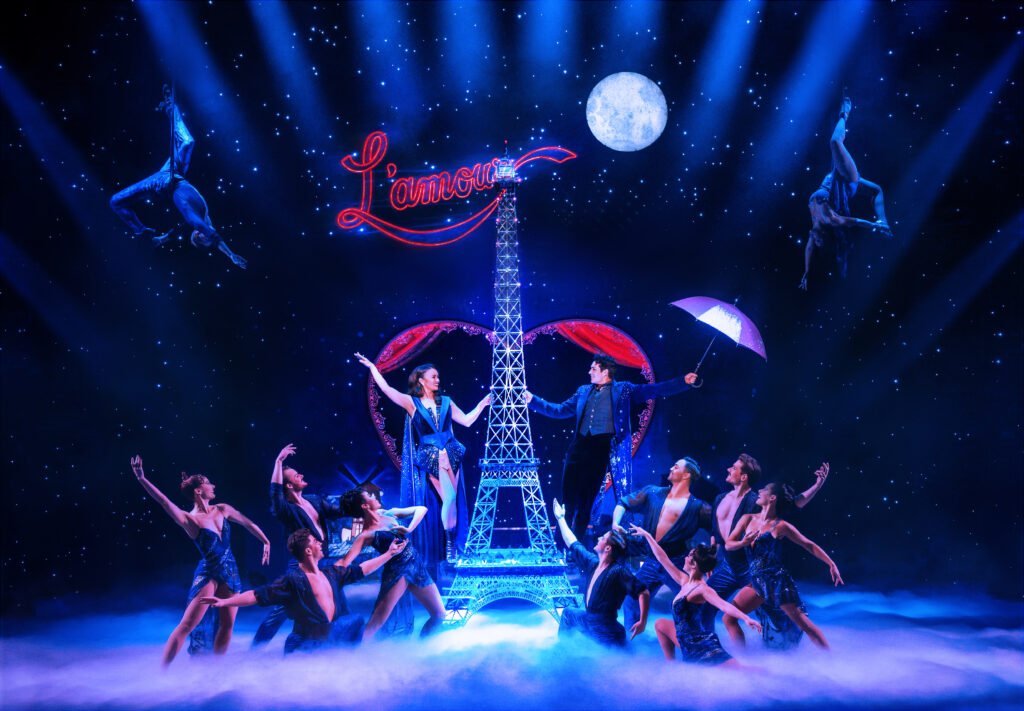
The Sound Rig
Main FOH line array: 28 x Meyer Sound Leopard
FOH sub arrays: 15 x Meyer Sound
900-LFC and 2 x Meyer Sound 1100-LFC
Fill speakers: Meyer Sound UPQ-D and Ultra-X40
Front fill (stage and passerelle): 48 x Meyer Sound MM-4XP
Delays: Meyer Sound UPM-1XP and MM-10ACX
Stalls delays: 20 x Meyer Sound UPJuniors
Circle Delays: 4 x Meyer Sound UPQ 1P, 4 x Meyer Sound 750-LFC
Rear delays: 3 x Meyer Sound MSL-4
On stage foldback: 36 x Meyer Sound MM4-XP
Scenery trucks: 4 x Meyer Sound UPM-1XP, 4 x Meyer Sound MM4-XP
Passerelle table lamps: K-array Lyzard ultra-miniature line arrays
Surrounds: 62 x d&b audiotechnik E8
Audio Matrixing: 11 x Meyer Sound Galaxy 816
Console – DiGiCo Quantum 7 with DiGiCo X-Q7-EXP EX-007 Expander
Radio Mics: 36 channels of Sennheiser Digital
Comms: Clear-Com HelixNet and Clear-Com FreeSpeak II wireless
Subscribe
Published monthly since 1991, our famous AV industry magazine is free for download or pay for print. Subscribers also receive CX News, our free weekly email with the latest industry news and jobs.






